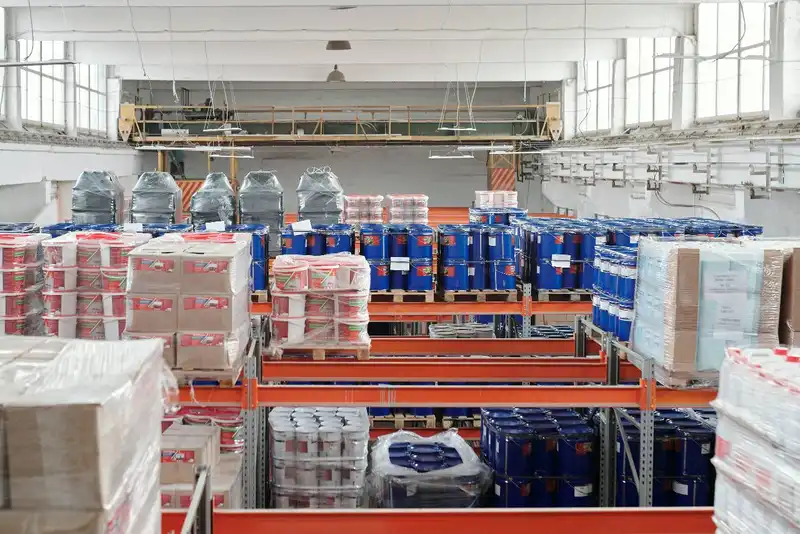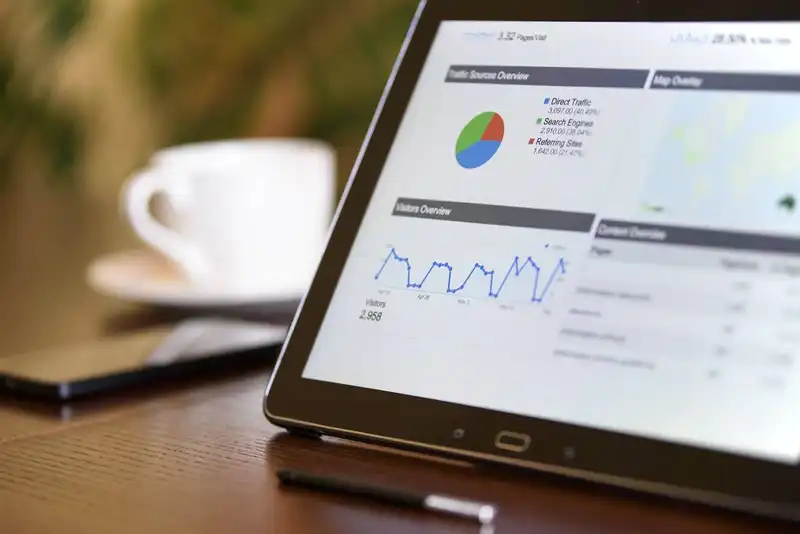Beginner's Guide to Supply Chain Demand Planning
Introduction to Supply Chain Demand Planning
Many businesses find it challenging to find the balance between working in a deficit and a surplus of inventory. However, finding this middle ground is essential for minimizing cost, bottlenecks, and lead times.
With supply chain demand planning, companies can optimize stock levels to avoid overstocks, stockouts, and customer dissatisfaction.
What is Supply Chain Demand Planning?

Demand planning involves forecasting the demand for products to optimize supply chain management. By predicting future demand, businesses can avoid under and overstocking products, which can significantly inflate costs. Finding this balance also enables companies to improve sales operations and promote customer satisfaction by ensuring timely order fulfillment.
Supply chain management consists of two primary components - execution and planning. The planning phase begins with creating a demand plan from big data, such as inventory, market, and business metrics. There are several factors, both internal and external, that impact supply chain demand planning, including
- Labor force changes
- Dangerous weather
- Natural disasters
- Fluctuating market
- Global crisis
- Poor economic conditions
After considering these risks, businesses need to plan out their logistics through material requirements planning (MRP) and production planning. When the products are manufactured, the focus is shifted to warehouse management.
Supply chain demand planning is essential as failure to meet customer demand can lead to lost sales, income, and shoppers. Also, the habit of overordering stock can increase order, storage, and handling costs, as well as heighten the risk of dead stock.
With effective demand planning, organizations can improve their visibility into the supply chain and enhance communication between companies.
Aspects of Demand Planning

While companies often have their own unique demand planning processes, there are three primary areas.
Product Portfolio Management
Product portfolio management monitors a product's lifecycle, from its introduction into the market to its removal. The majority of items are interdependent, meaning they impact the sales of other products. Therefore, businesses that study product development can gain insight into demand trends and optimize market share.
Statistical Forecasting

Statistical forecasting uses historical and real-time data to generate sophisticated forecast algorithms. These tools help companies develop models for inventory to anticipate seasonal and customer demand shifts.
Trade Promotion Management
Trade promotions are marketing events often used by retailers to familiarize consumers with their brand. The main goal of these promotions is to create a connection with customers, increasing demand and sales.
Consequences of Poor Demand Forecasts

Businesses that fail to implement demand forecasting cannot anticipate emerging market trends, making it impossible to gauge demand accurately. This can lead to significant issues that impact operations planning and overall efficiency.
Delayed Responses
Companies that still rely on physical spreadsheets and other manual forecast methods limit their responsiveness. Delayed responses can result in bottlenecks throughout the supply chain. When compared to competitors with statistical forecasting models, traditional organizations lose their edge and insights.
Loss of Credibility

With modern technology advancing at the rate it is, customers expect their favorite brands to fulfill their orders in a timely manner. However, businesses with inferior forecasting methods can experience ineffective inventory control, elongating the fulfillment process. This can significantly impact how shoppers view the company.
Wasted Resources

While understocking products can result in lost sales, overstocking products can increase resource waste from deadstock developing.
When extra products do not turn over quickly, they sit on shelves, taking up valuable storage space and accumulating depreciation. If this continues, retailers are forced to either markdown or dispose of the item. Either way, the company loses a significant amount of its profits.
The time limit on overstocked items is particularly strict for perishable goods, such as food, as these types of retailers must abide by health regulations. Therefore, once inventory reaches its expiration date, companies do not have any choice but to throw out the goods.
Best Demand Planning Practices

Supply chain demand processing has several processes that require the right tools to execute appropriately. Therefore, organizations should review the best demand planning practices to consider how they can improve their supply chain management.
Implement Software
First and foremost, companies should implement inventory ordering software that directly connects them to their primary suppliers. Advanced ordering solutions are able to integrate with demand forecasting software.
Through integration, the systems can exchange historical and real-time data to continuously improve the projection model.
Gather and Process Data

Forecasting models are only as accurate as the information they are based on. Therefore, companies should prioritize gathering and processing accurate, relevant supply chain information to improve insights.
By identifying strengths and weaknesses within the supply chain, businesses can improve their agility and responsiveness.
Define Process Models
Models can become hard to manage the more they intertwine and depend on each other. By continuously defining processes, organizations can efficiently
- Prepare data
- Generate forecasts
- Improve business intelligence
- Work toward sales goals
- Refine reports
Monitor Processes

Once the software is implemented, the job is not done. Businesses must designate a team to monitor processes and ensure models retain their accuracy and effectiveness. Sometimes systems require adjustments to improve forecasts and eliminate errors.
With supply chain planning, organizations can optimize manufacturing, distribution, and retail to reduce expenses and promote profitability.





